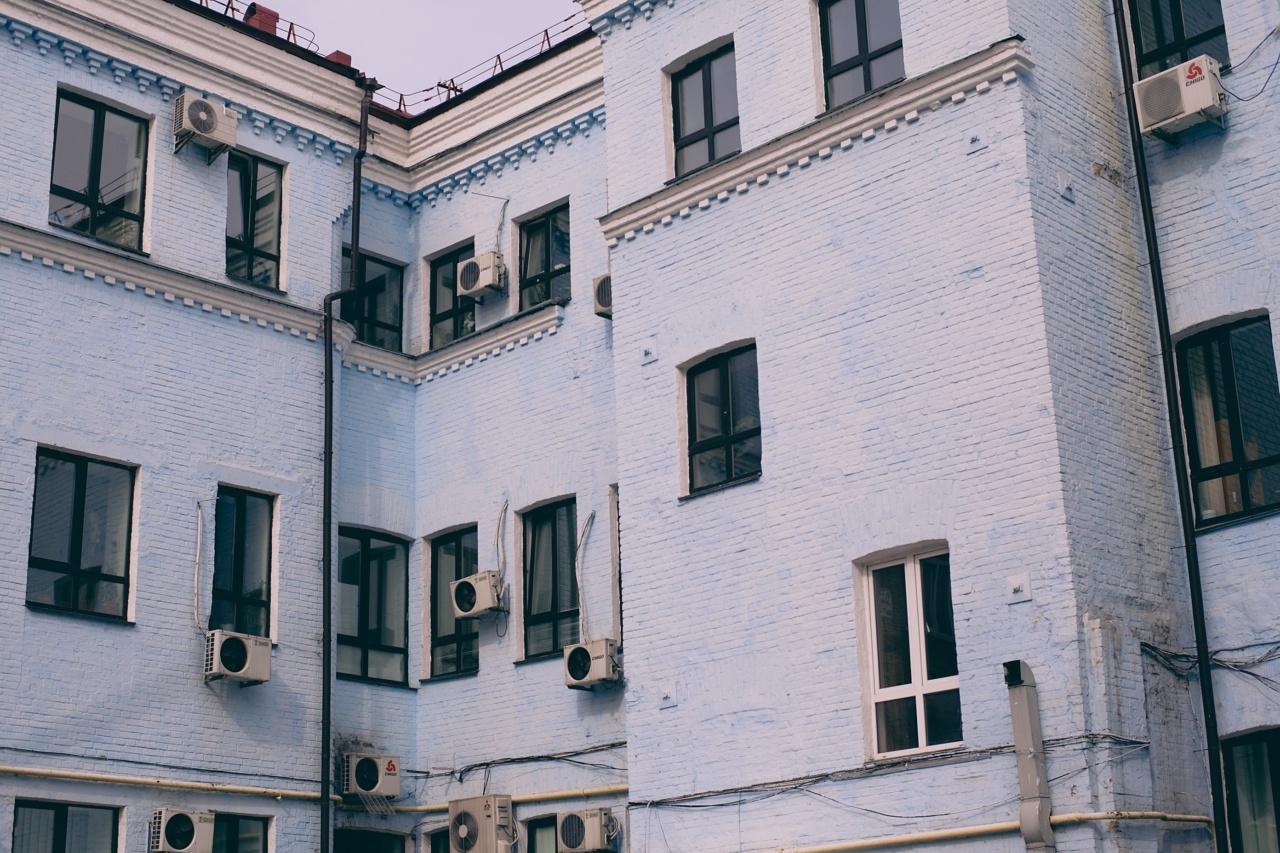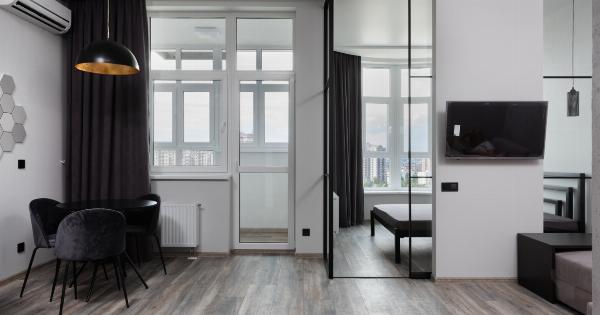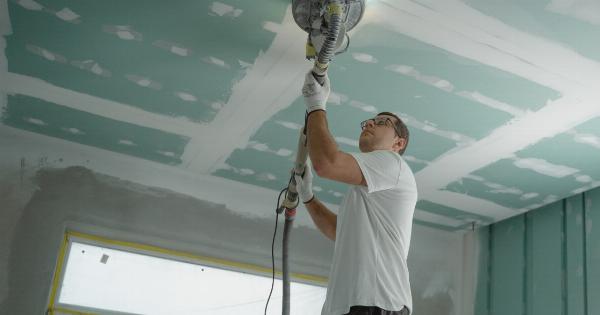Are you tired of dealing with the constant buildup of bucoma in your air conditioning system? Bucoma, also known as biofilm or biological matter, can cause a range of issues, including decreased efficiency, foul odors, and even respiratory problems.
In this article, we will explore effective ways to manage bucoma from your air conditioning system and ensure optimal performance. Read on to discover practical tips and tricks to keep your AC system clean and bucoma-free.
Understanding Bucoma
Before we dive into the solutions, it’s important to understand what exactly bucoma is and how it forms.
Bucoma refers to a slimy layer of microbial growth that accumulates on surfaces, such as cooling coils, drain pans, and ductwork in air conditioning systems. This sticky substance is primarily composed of bacteria, fungi, algae, and other microorganisms that thrive in a damp and dark environment.
The Dangers of Bucoma
Bucoma may seem harmless at first, but it can lead to various problems if left unmanaged. Here are some of the potential dangers associated with bucoma:.
1. Decreased Efficiency
As bucoma accumulates on the cooling coils and other components of your AC system, it hampers the transfer of heat.
This can result in decreased efficiency, causing your air conditioner to work harder and consume more energy to achieve the desired cooling effect. As a result, your electricity bills may skyrocket.
2. Foul Odors
One of the most noticeable signs of bucoma is the presence of foul odors. The microbial growth emits a distinct musty smell that can permeate your living space, making it uncomfortable and unpleasant.
These odors can also worsen if the bucoma is not addressed promptly.
3. Respiratory Problems
Microorganisms within bucoma can release airborne particles and allergens, leading to respiratory problems for individuals with asthma, allergies, or other respiratory conditions.
Breathing in these pollutants can trigger or worsen symptoms, causing discomfort and potential health issues.
Managing Bucoma
Now that we understand the risks associated with bucoma, let’s explore the strategies to effectively manage and prevent its growth in your air conditioning system:.
1. Regular AC Cleaning and Maintenance
The key to preventing bucoma is regular cleaning and maintenance of your air conditioning system. This includes cleaning the cooling coils, drain pans, and ductwork to eliminate any existing bucoma and prevent its buildup in the future.
Hiring a professional AC technician for regular servicing can ensure thorough cleaning and inspection of all components.
2. Use an Ultraviolet (UV) Light System
Installing a UV light system in your air conditioning unit can help destroy the microorganisms responsible for bucoma.
UV lights emit a specific wavelength that kills bacteria, viruses, and fungi, inhibiting their growth and minimizing the formation of bucoma. Consult an HVAC professional to assess the suitability and proper installation of a UV light system for your AC unit.
3. Maintain Optimal Humidity Levels
Humidity plays a crucial role in promoting the growth of bucoma. To prevent bucoma formation, it’s essential to maintain optimal humidity levels in your indoor space.
Consider using a dehumidifier or adjusting your AC unit’s settings to ensure humidity remains within the recommended range of 30-50%.
4. Clean and Replace Air Filters
Dirty or clogged air filters can contribute to bucoma growth by providing a suitable environment for microorganisms to thrive.
Regularly clean or replace your air filters as per the manufacturer’s recommendations to maintain efficient airflow and reduce the risk of bucoma formation.
5. Ensure Proper Ventilation
Proper ventilation is essential for airflow and preventing the buildup of stagnant air, which can promote bucoma growth. Ensure vents and ductwork are not obstructed and allow for adequate air exchange.
Consult an HVAC professional if you notice any ventilation issues in your home or office space.
6. Use Biocide Treatments
Biocides are chemicals designed to kill or inhibit the growth of microorganisms. Using biocide treatments specifically formulated for HVAC systems can help control bucoma formation.
However, it’s crucial to follow the manufacturer’s instructions and guidelines while using biocides to ensure the safety of your air conditioning system and occupants.
7. Monitor and Address Water Leaks
Water leaks or excessive moisture can create a conducive environment for bucoma growth. Monitor your AC system for any signs of leaks and promptly address them to prevent water accumulation.
If you notice persistent leaks, it’s best to seek professional assistance for repairs.
8. Educate Occupants
Informing and educating occupants about the importance of clean air conditioning systems can go a long way. Encourage proper habits, such as regular cleaning, reporting any issues, and emphasizing the significance of good indoor air quality.
This collective effort can help prevent bucoma formation and maintain a healthy living or working environment.
Conclusion
Bucoma in air conditioning systems can be a persistent problem, but with the right management techniques, it can be effectively controlled.
Regular cleaning, maintenance, and implementing preventive measures like UV light systems, optimal humidity control, and proper ventilation can significantly reduce the risks associated with bucoma. By taking proactive steps, you can enjoy clean and efficient air conditioning while ensuring the well-being of yourself and those around you.























